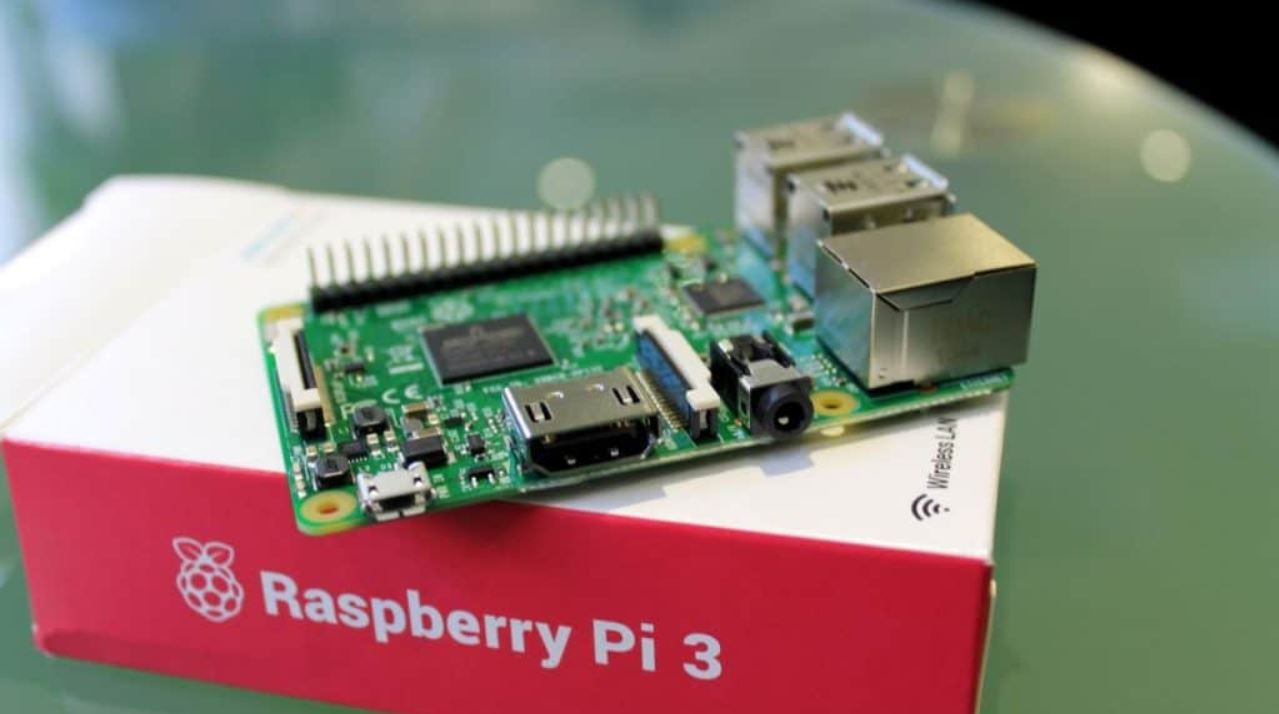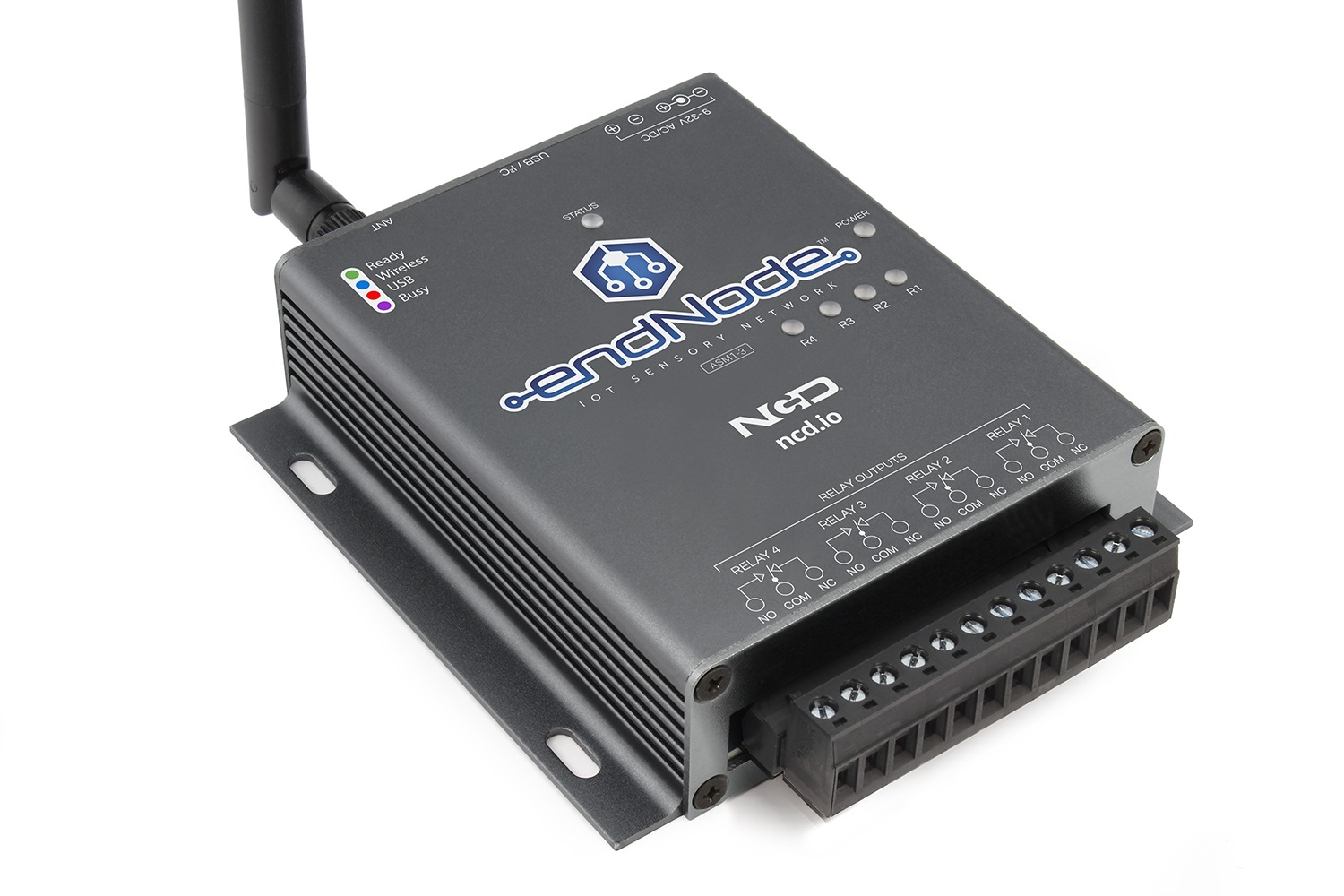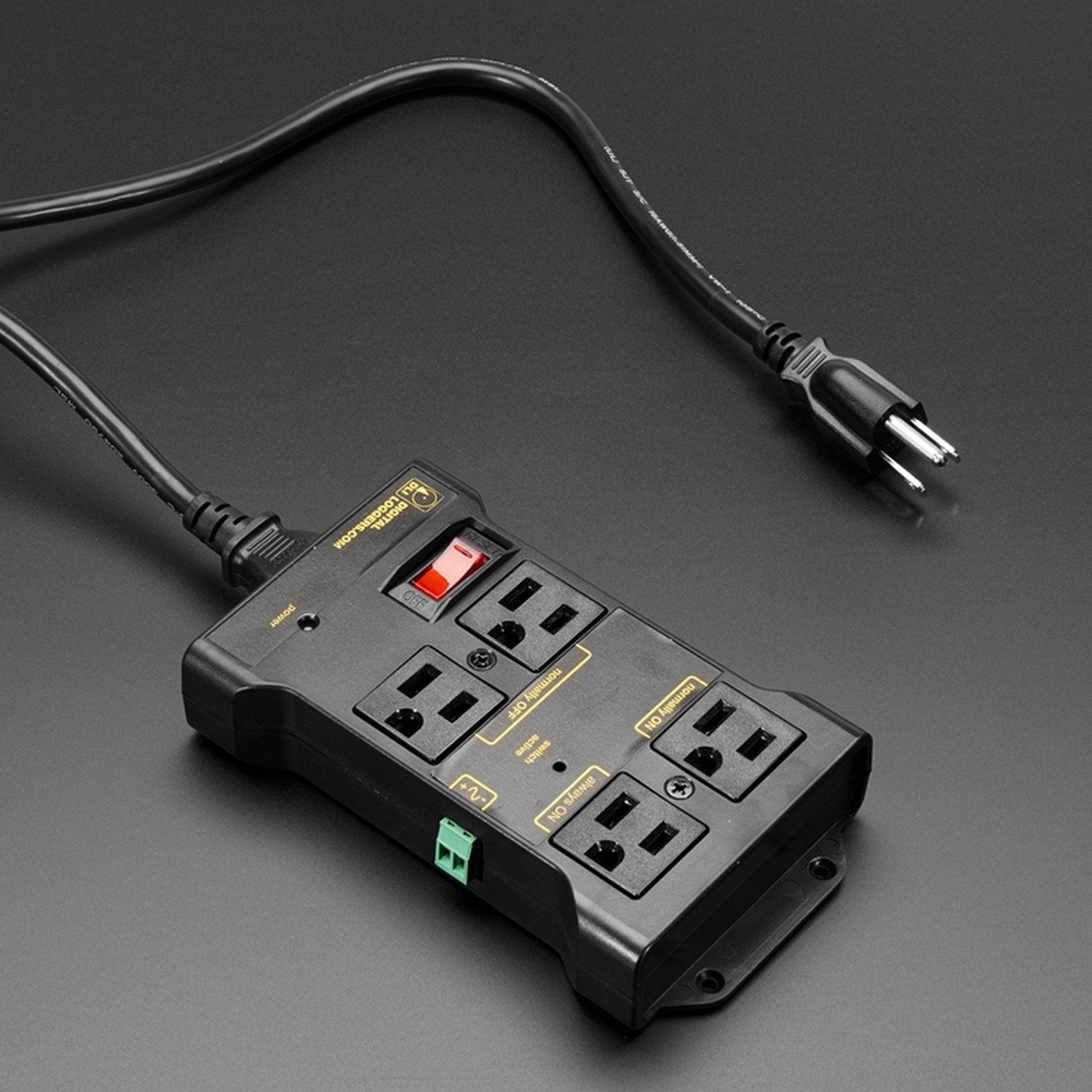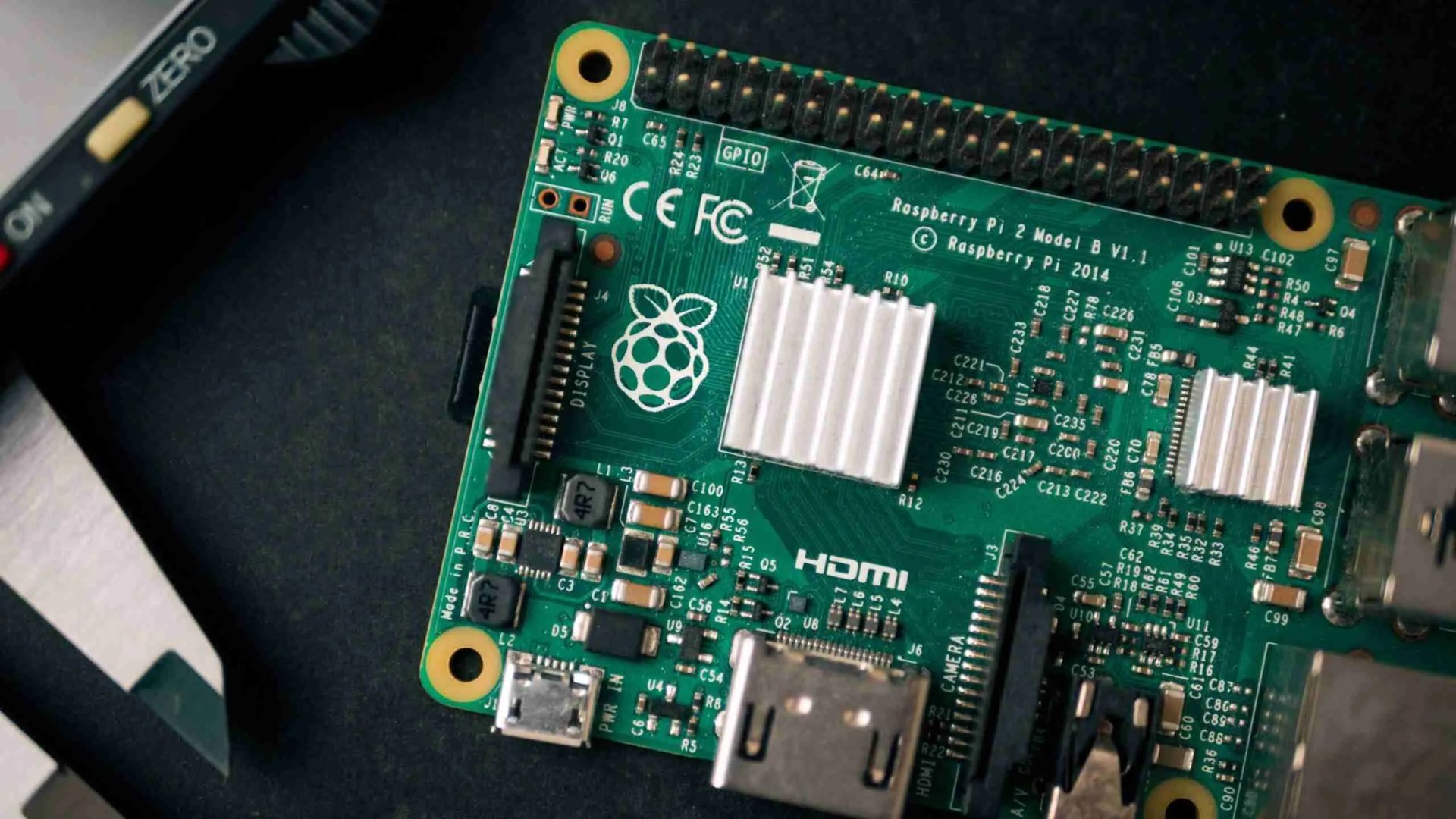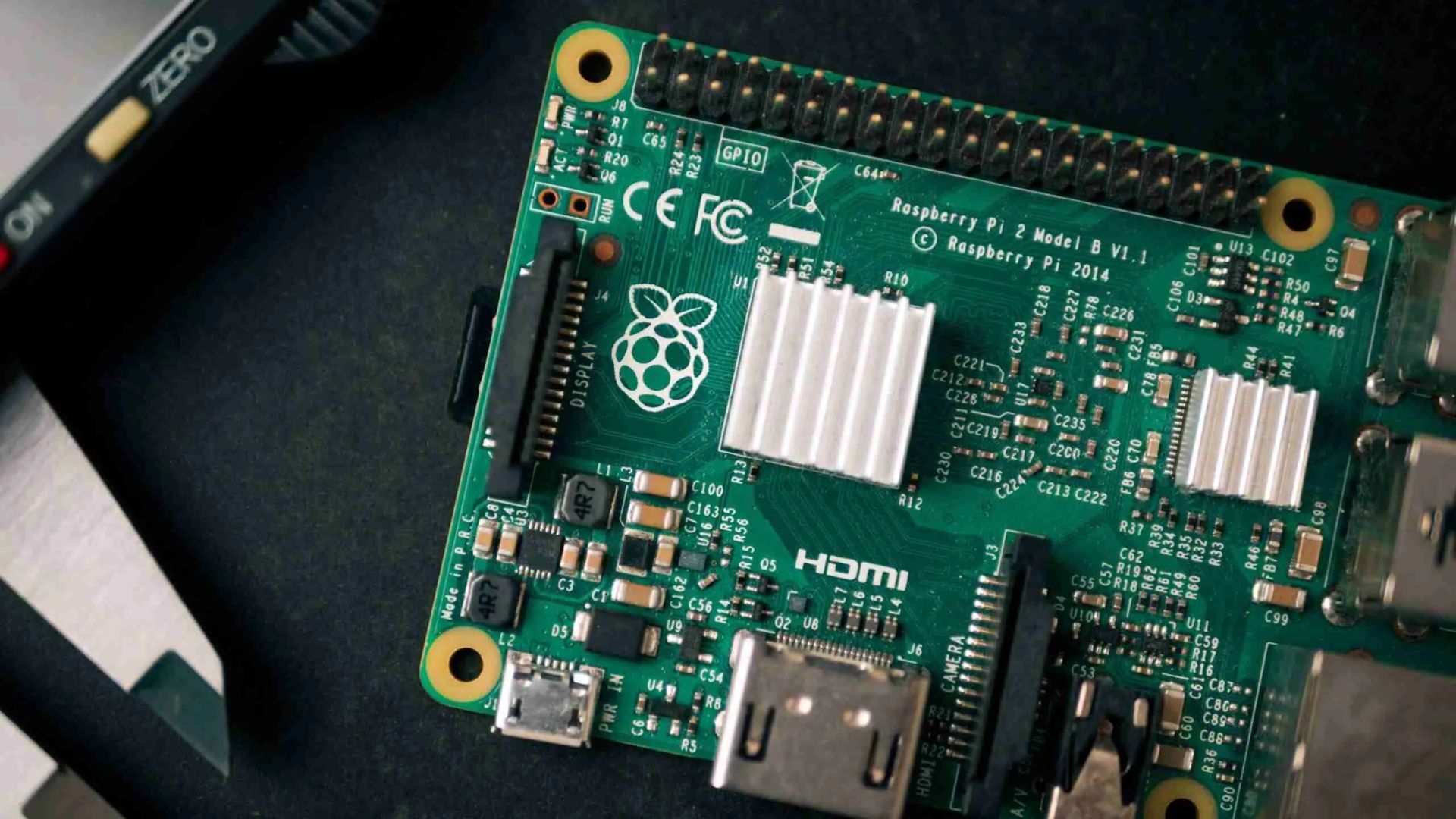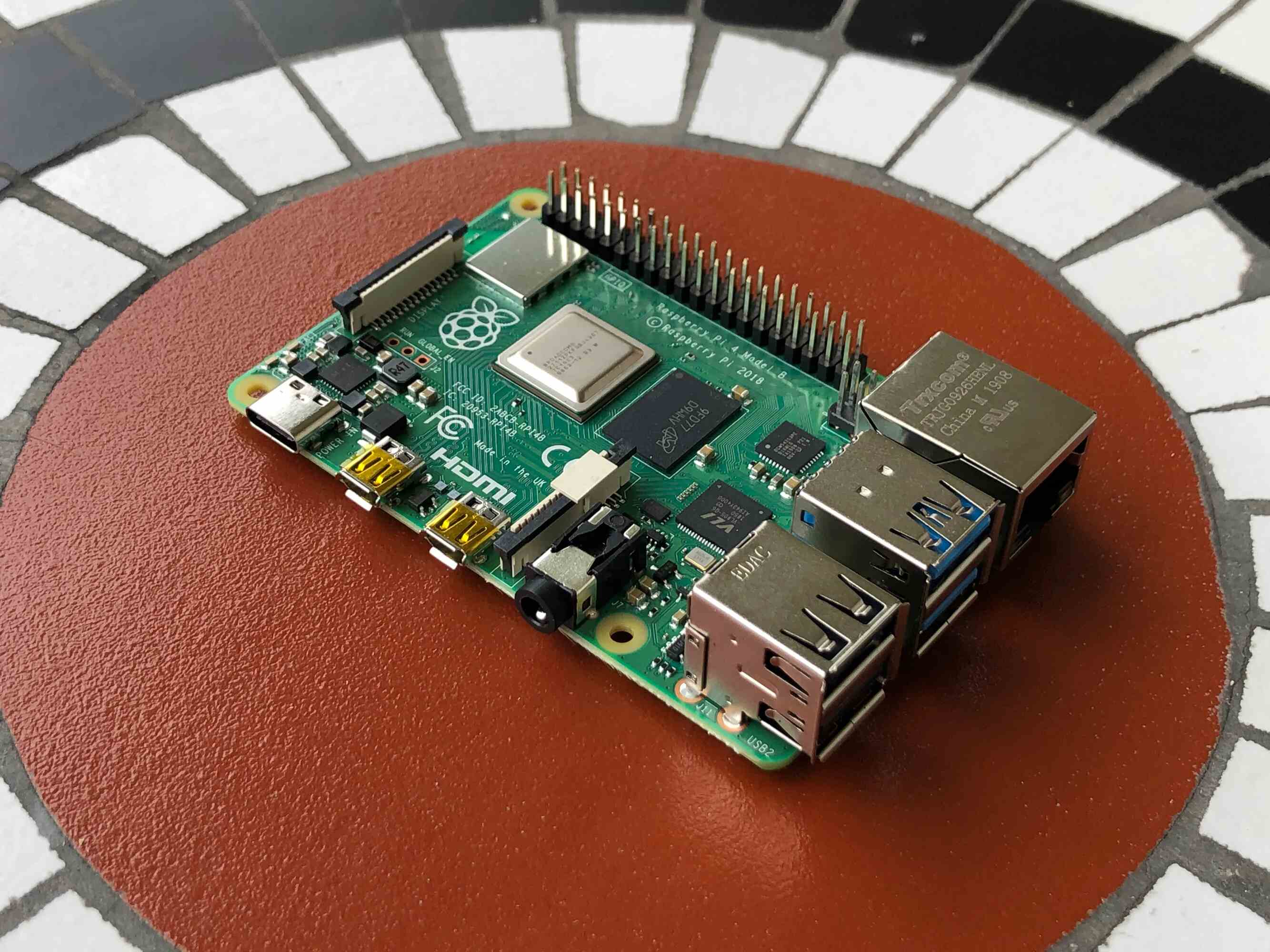Introduction
The Internet of Things (IoT) has revolutionized the way we interact with everyday objects, connecting them to the internet and enabling seamless communication between devices. From smart homes to connected cars, the IoT has opened up a world of possibilities for automation and efficiency.
One of the key players in the IoT space is the Raspberry Pi, a small yet powerful computer that has gained popularity for its versatility and affordability. But what exactly is a Raspberry Pi? And how does it fit into the realm of IoT?
At its core, the Raspberry Pi is a credit card-sized computer that can be used for various purposes, including building projects, prototyping, and even as a desktop computer. It runs on a Linux-based operating system and is equipped with multiple input-output (I/O) pins that allow it to interact with external devices. This makes it an ideal candidate for IoT applications, where it can act as a sensor node, gateway device, data aggregator, and even an edge device.
In this article, we will explore how the Raspberry Pi works as an IoT device and the different roles it can play in an IoT ecosystem. Whether you are a hobbyist, an entrepreneur, or a technology enthusiast, understanding the capabilities of the Raspberry Pi in the context of IoT can open up a plethora of possibilities for your projects and innovations.
What is IoT?
The Internet of Things (IoT) refers to the network of physical objects, devices, vehicles, and other items that are connected to the internet and equipped with sensors, software, and network connectivity. These objects, often referred to as “smart” devices, can collect and exchange data, making them capable of interacting with their environment and performing specific tasks without human intervention.
IoT technology has transformed the way we live and work, enabling seamless communication between devices and the sharing of information across various platforms and applications. It has the potential to revolutionize industries such as healthcare, agriculture, manufacturing, transportation, and more.
The fundamental concept behind IoT is connectivity. By connecting physical objects to the internet, we can monitor, control, and gather data from these objects, creating a greater level of automation and efficiency. For example, in a smart home, IoT devices such as thermostats, security cameras, and appliances can be interconnected, allowing homeowners to control and monitor these devices remotely through their smartphones.
Furthermore, IoT devices can collect and analyze data in real-time, providing valuable insights and enabling data-driven decision making. This has tremendous implications in various fields, such as predictive maintenance, supply chain optimization, and environmental monitoring.
The growth of IoT has been propelled by advancements in technology, such as the availability of low-cost sensors, improved wireless connectivity, and the increasing processing power of devices. These factors have made it feasible to deploy IoT solutions across various industries and applications.
In summary, the IoT revolutionizes the way objects interact with each other and the world around them. By connecting physical objects to the internet, IoT enables a new level of automation, control, and data-driven decision making. It has the potential to transform industries, streamline processes, and enhance the quality of life for individuals and communities. The Raspberry Pi plays a crucial role in this ecosystem by acting as a versatile and cost-effective IoT device.
What is Raspberry Pi?
The Raspberry Pi is a small, single-board computer that was initially created to promote computer science education. Developed by the Raspberry Pi Foundation, it has gained widespread popularity for its affordability, versatility, and flexibility. Despite its small size, the Raspberry Pi packs a punch in terms of computing power, making it suitable for a wide range of applications.
The Raspberry Pi board consists of a system-on-a-chip (SoC) that includes a CPU, GPU, and RAM, as well as various I/O ports for connecting peripherals and expansion boards. It runs on a Linux-based operating system and supports multiple programming languages, making it accessible to both beginners and advanced users.
One of the key features of the Raspberry Pi is its ability to interact with the physical world through its GPIO (General Purpose Input/Output) pins. These pins allow you to connect sensors, actuators, and other electronic components, giving you the flexibility to build a wide range of projects. Whether you’re interested in robotics, home automation, or IoT, the Raspberry Pi can serve as a powerful tool for prototyping and development.
The Raspberry Pi is available in various models, each with different specifications and capabilities. The latest models offer faster processors, increased RAM, and additional features such as built-in Wi-Fi and Bluetooth connectivity. This makes them even more suitable for IoT applications, where wireless connectivity and processing power are essential.
In addition to its technical specifications, the Raspberry Pi also benefits from a strong and supportive community. This community comprises enthusiasts, developers, and educators who actively contribute to the development of projects, software, and resources for the Raspberry Pi. There are numerous online forums, tutorials, and documentation available, making it easier for users to learn and explore the full potential of the Raspberry Pi.
Overall, the Raspberry Pi is an affordable and versatile computer that provides a platform for learning, experimentation, and innovation. Its compact size, computing power, and GPIO pins make it ideal for IoT applications, allowing users to build and deploy their own projects. Whether you’re a student, hobbyist, or professional, the Raspberry Pi offers endless possibilities for creative exploration and problem-solving.
How does Raspberry Pi work as an IoT device?
The Raspberry Pi is a versatile and powerful tool that can work effectively as an IoT device. Its small size, low power consumption, and connectivity options make it suitable for various IoT applications. Let’s explore how the Raspberry Pi functions as an IoT device in different roles within an IoT ecosystem.
As a sensor node: The Raspberry Pi can be equipped with sensors to collect data such as temperature, humidity, light intensity, and more. With its GPIO pins, it can interface with various sensor modules, allowing it to monitor and gather information from the physical environment. This data can then be processed locally or transmitted to a central server or cloud platform for further analysis and decision-making.
As a gateway device: The Raspberry Pi can act as a gateway between IoT devices and the internet. It can communicate with multiple IoT devices, aggregate their data, and transmit it to a cloud platform for storage and analysis. This makes it easier to manage and monitor a network of IoT devices, enabling seamless data exchange and control.
As a data aggregator: With its computational capabilities, the Raspberry Pi can collect, preprocess, and aggregate data from multiple sources. It can cleanse and filter the data before sending it to a cloud platform or a local server for analysis. This allows for real-time data processing and reduces the need for constant internet connectivity, making it suitable for scenarios where bandwidth is limited or where data privacy is a concern.
As an edge device: The Raspberry Pi can perform edge computing, where data is processed locally at the edge of the network instead of being sent to a centralized server or cloud platform. This reduces latency, improves response time, and enhances data privacy. The Raspberry Pi can run machine learning algorithms, perform data analytics, and make decisions based on the collected data, making it ideal for applications such as predictive maintenance and real-time control.
In summary, the Raspberry Pi can function as a sensor node, gateway device, data aggregator, and edge device within an IoT ecosystem. Its versatility, connectivity options, and computational power make it an excellent choice for prototyping, development, and deployment of IoT projects. With the Raspberry Pi, you can build smart home systems, environmental monitoring solutions, industrial automation applications, and much more. The possibilities are endless, limited only by your imagination and creativity.
Raspberry Pi as a sensor node
The Raspberry Pi can be effectively used as a sensor node in an IoT system. Its GPIO pins and wide range of compatible sensors make it an ideal platform for collecting data from the physical environment. By connecting sensors to the Raspberry Pi, you can monitor various parameters such as temperature, humidity, light intensity, motion, and more.
The GPIO (General Purpose Input/Output) pins of the Raspberry Pi allow you to interface with various sensors and actuators. There are numerous sensor modules available, including temperature and humidity sensors, pressure sensors, proximity sensors, gas sensors, and many more. These sensors can be easily connected to the Raspberry Pi, enabling it to collect accurate and real-time data.
To use the Raspberry Pi as a sensor node, you need to connect the sensors to the appropriate GPIO pins. There are libraries and APIs available that make it easy to interact with these sensors and retrieve data in a programming language of your choice. Whether you prefer Python, C++, or JavaScript, you can find libraries that simplify the process of reading data from the sensors and performing actions based on the collected data.
Once the Raspberry Pi is equipped with sensors, it can continuously collect data from the environment. This data can be stored locally on the device or transmitted to a remote server or cloud platform for further processing and analysis. By combining multiple sensors, you can create a smart environmental monitoring system or build custom applications to suit your specific needs.
The sensor data collected by the Raspberry Pi can be used in various IoT applications. For instance, in a smart home scenario, the Raspberry Pi can gather data from sensors throughout the house, such as temperature sensors in each room. This data can then be utilized to adjust the thermostat settings automatically, ensuring optimal comfort and energy efficiency.
Furthermore, the Raspberry Pi can serve as a gateway device, transmitting the sensor data to a central server or cloud platform. This allows for centralized monitoring and control of multiple sensor nodes, making it easier to manage and analyze data from diverse sources.
In summary, the Raspberry Pi is an excellent choice for building a sensor node in an IoT system. Its GPIO pins and compatibility with various sensors enable easy integration and data collection from the physical environment. By utilizing the Raspberry Pi as a sensor node, you can create smart solutions for environmental monitoring, automation, and more.
Raspberry Pi as a gateway device
The Raspberry Pi is well-suited to serve as a gateway device in an IoT system, acting as a bridge between IoT devices and the internet. As a gateway, the Raspberry Pi can communicate with multiple IoT devices, aggregate their data, and transmit it to a central server or cloud platform for further analysis and control.
One of the key advantages of using the Raspberry Pi as a gateway device is its connectivity options. It has built-in Ethernet and USB ports, allowing for both wired and wireless connectivity. This flexibility enables it to communicate with a wide range of IoT devices, regardless of their connectivity protocols or technologies.
To function as a gateway device, the Raspberry Pi needs to establish communication with the IoT devices it connects to. This can be achieved through various means, such as Wi-Fi, Bluetooth, Zigbee, or even serial communication protocols. By utilizing the appropriate communication modules and protocols, the Raspberry Pi can effectively communicate with and collect data from diverse IoT devices.
Once the Raspberry Pi has established communication with the IoT devices, it can aggregate the data collected from these devices. This data aggregation can involve collating data from multiple sources, organizing it in a structured format, and preparing it for transmission to a central server or cloud platform. The Raspberry Pi can also perform data preprocessing tasks like cleaning, filtering, and transforming the data to ensure its quality and usability.
The Raspberry Pi can transmit the aggregated data to a central server or cloud platform using various communication protocols such as MQTT, HTTP, or WebSocket. This enables remote monitoring, control, and analysis of the data collected from the IoT devices. Additionally, the Raspberry Pi can also receive commands and updates from the central server or cloud platform, allowing for bi-directional communication between the IoT devices and the cloud.
Furthermore, the Raspberry Pi can provide local processing and decision-making capabilities as a gateway device. It can perform edge computing, where certain data analysis and decision-making tasks are executed locally on the device itself. This reduces the reliance on the cloud and enables real-time actions and responses based on the collected data.
In summary, the Raspberry Pi can effectively function as a gateway device in an IoT system. Its connectivity options, data aggregation capabilities, and local processing power make it a reliable and versatile choice. By using the Raspberry Pi as a gateway device, you can seamlessly integrate and manage multiple IoT devices, facilitating efficient data transfer and enabling remote monitoring and control.
Raspberry Pi as a data aggregator
The Raspberry Pi can serve as a powerful data aggregator in an IoT system, collecting data from multiple sources and preparing it for further analysis and processing. With its computational capabilities and connectivity options, the Raspberry Pi can efficiently aggregate and manage large volumes of data.
As a data aggregator, the Raspberry Pi can collect data from various IoT devices, sensors, and sources. This includes data from sensor nodes, smart devices, and even external systems through APIs and web scraping. By interfacing with different communication protocols and APIs, the Raspberry Pi can retrieve data from diverse sources and unify it into a cohesive dataset.
Once the data is collected, the Raspberry Pi can preprocess and clean it to ensure data quality and consistency. This involves tasks such as filtering out noisy or irrelevant data, handling missing values, and normalizing the data to a standardized format. These preprocessing steps are critical for ensuring accurate and reliable analysis of the collected data.
The Raspberry Pi can also aggregate data over time or across different dimensions. It can perform calculations on the collected data, such as averaging, summation, or statistical analysis, to derive meaningful insights. For example, it can aggregate temperature data from multiple sensor nodes to calculate average room temperature or analyze energy consumption patterns over time.
Furthermore, the Raspberry Pi can store the aggregated data locally or transmit it to a remote server or cloud platform for further analysis. This allows for centralized storage and accessibility of the collected data, making it easier to perform in-depth analysis, generate reports, and gain valuable insights.
In addition to aggregating and storing data, the Raspberry Pi can also act as a data hub, allowing for seamless integration with other systems or platforms. It can facilitate data sharing and exchange between IoT devices, third-party systems, or external APIs, enabling interoperability and enriching the dataset with additional context or information.
Overall, the Raspberry Pi as a data aggregator plays a crucial role in managing and processing data in an IoT system. Its computational capabilities, connectivity options, and data preprocessing capabilities make it an efficient and versatile choice for collecting and aggregating data from diverse sources. By utilizing the Raspberry Pi as a data aggregator, you can unlock the potential of your IoT data and derive meaningful insights for decision-making and optimization.
Raspberry Pi as an edge device
The Raspberry Pi is well-suited to function as an edge device in an IoT system, where data processing and decision-making tasks are performed at the edge of the network, closer to the data source. As an edge device, the Raspberry Pi can enhance data processing efficiency, reduce latency, and improve overall system performance.
One of the advantages of using the Raspberry Pi as an edge device is its computational power. The Raspberry Pi is equipped with a capable CPU and sufficient memory, allowing it to handle complex tasks and perform data analysis locally. This eliminates the need to constantly transmit data to a centralized server or cloud platform, resulting in reduced bandwidth usage and improved response time.
As an edge device, the Raspberry Pi can run machine learning models and algorithms to analyze and make decisions based on the collected data. This enables real-time, autonomous decision-making without relying on a constant internet connection. For example, a smart surveillance system using a Raspberry Pi as an edge device can analyze video feeds, detect abnormalities, and generate alerts locally, minimizing the response time for critical events.
The Raspberry Pi can also preprocess and filter the data locally before sending it to the cloud. This reduces the amount of data transmitted, saving bandwidth and cloud storage costs. By performing data reduction, compression, and outlier detection, the Raspberry Pi can ensure that only relevant and meaningful data is transmitted, enhancing the overall efficiency of the IoT system.
Furthermore, the Raspberry Pi can provide added security as an edge device. By keeping sensitive data and critical decision-making processes within the local network, the risk of data breaches and privacy concerns is minimized. This is especially important in applications where data privacy and security are paramount, such as in healthcare or industrial settings.
In addition to data processing and decision-making, the Raspberry Pi can also act as a local interface or control system. It can communicate instructions or commands to actuators or other IoT devices in real-time based on the analysis results. This allows for immediate actions or responses to the collected data, enhancing the overall effectiveness and responsiveness of the IoT system.
In summary, the Raspberry Pi as an edge device brings numerous benefits to an IoT system. Its computational power, local data analysis capabilities, and ability to make autonomous decisions enable real-time responses, reduced latency, and improved security. By utilizing the Raspberry Pi as an edge device, you can create efficient and powerful IoT solutions that leverage the advantages of local processing and enhance the overall performance and intelligence of the system.
Conclusion
The Raspberry Pi is a versatile and powerful device that can play multiple roles in an IoT ecosystem. Whether it’s functioning as a sensor node, gateway device, data aggregator, or edge device, the Raspberry Pi offers a flexible and cost-effective solution for building and deploying IoT applications.
As a sensor node, the Raspberry Pi can collect data from various sensors, allowing for environmental monitoring, automation, and control. Its GPIO pins enable easy integration with different sensor modules, making it a versatile platform for prototyping and development.
As a gateway device, the Raspberry Pi acts as a bridge between IoT devices and the internet, enabling seamless communication and data exchange. It can aggregate data from multiple devices, perform preprocessing tasks, and transmit the processed data to a centralized server or cloud platform for further analysis and control.
The Raspberry Pi also excels as a data aggregator, collecting and organizing data from diverse sources into a unified dataset. It can handle large volumes of data, perform data cleaning and filtering, and store or transmit the aggregated data for analysis and decision-making.
Furthermore, the Raspberry Pi shines as an edge device, enabling local data processing and real-time decision-making. By running machine learning algorithms and analytics at the edge of the network, it reduces latency, enhances security, and improves overall system performance.
In conclusion, the Raspberry Pi serves as a powerful and flexible tool for implementing IoT solutions. Its affordability, versatility, and strong community support make it accessible to both beginners and advanced users. Whether you’re a hobbyist, entrepreneur, or technology enthusiast, the Raspberry Pi offers endless possibilities for innovation in the IoT space. So, unleash your creativity, leverage the capabilities of the Raspberry Pi, and embark on your IoT journey to build smart, connected, and intelligent systems.







